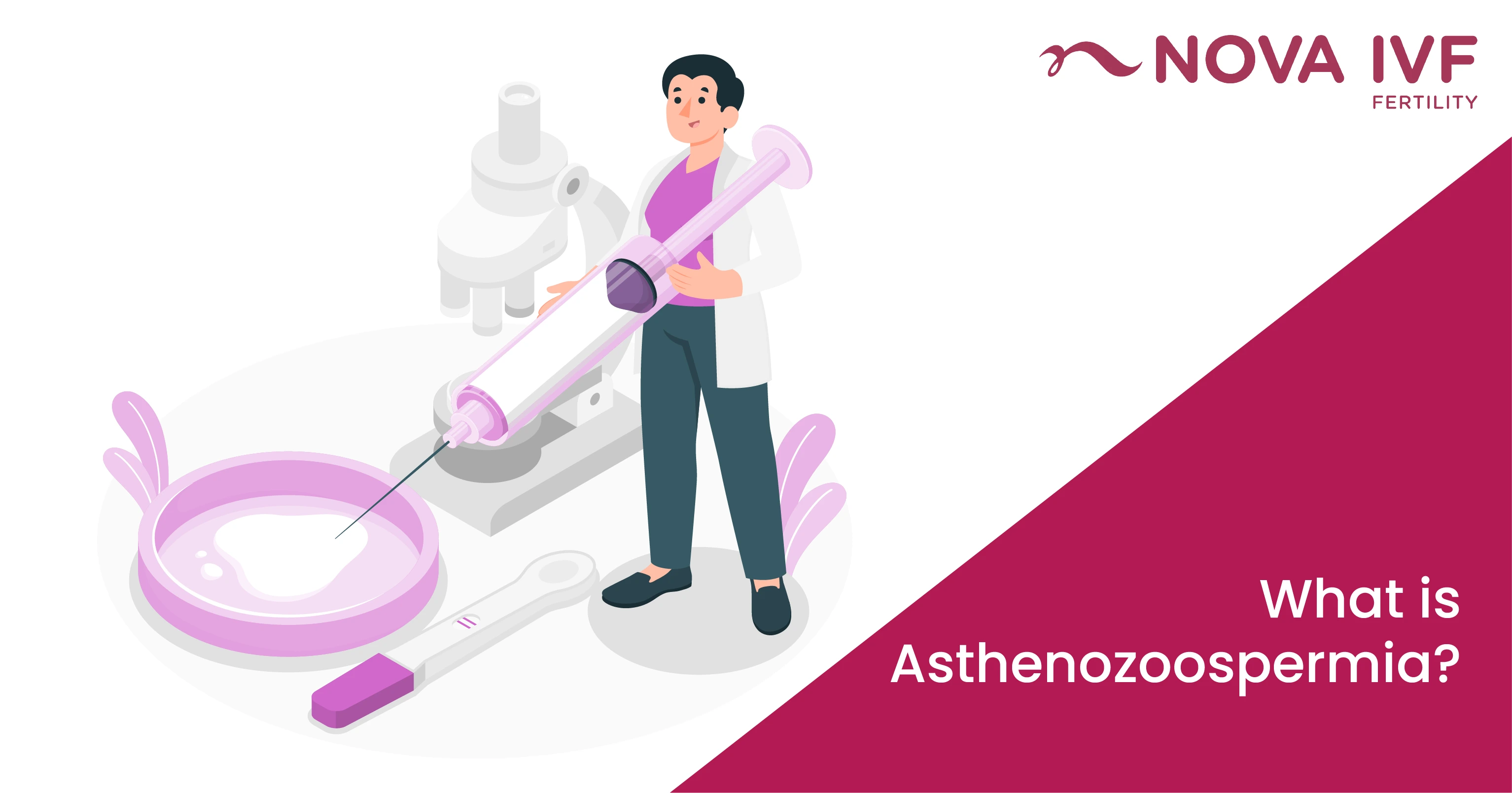It has been established that a single sperm consists of three parts:
- The head which contains the genetic material
- Midpiece which is made up of cells that create energy to enable the tail to move
- Tail also called flagellum which helps in propelling the sperm forward.
Asthenozoospermia intercepts the production of cell energy that helps the sperm swim easily into a womans uterus, thereby causing infertility. Sperm motility plays an extremely crucial role in the process of conceiving. The ejaculated sperm has to be quick to penetrate the cervical mucus, swim up into the uterus, and finally penetrate the layers of the egg to fertilise the ovum.
Asthenozoospermia is more evident in men who are diagnosed with kidney diseases, cystic fibrosis and other genetic abnormalities. However, it is important to note that if only motility is affected but the quality of sperm is healthy, men with asthenozoospermia can still achieve pregnancy via In Vitro Fertilisation (IVF).
Do you have Asthenozoospermia?
If you and your partner have been unable to conceive for over a year, visiting a doctor would be a good idea even though your sperm count is normal. Most of the time it is possible that the sperm count is appropriate but the motility of majority sperms may be poor.
Asthenozoospermia can be easily diagnosed with the help of a seminogram for which a fresh semen sample needs to be provided. Asthenozoospermia may be:
- Partial where there are minor motile cells amongst a large number of immotile sperms or
- Complete where all the sperms are immotile.
 Infertility Counselling
Infertility Counselling Female Infertility Treatment
Female Infertility Treatment Andrology Treatment
Andrology Treatment Fertility Enhancing Surgeries - Female
Fertility Enhancing Surgeries - Female Fertility Enhancing Surgeries - Male
Fertility Enhancing Surgeries - Male Endoscopy Treatment
Endoscopy Treatment IUI Treatment
IUI Treatment IVF Treatment
IVF Treatment ICSI Treatment
ICSI Treatment Advanced IVF Solutions
Advanced IVF Solutions Embryology
Embryology Vitrification Egg, Embryo, Sperm Freezing
Vitrification Egg, Embryo, Sperm Freezing Preimplantation Genetic Testing (PGT)
Preimplantation Genetic Testing (PGT) Donation Program Embryo / Egg / Sperm
Donation Program Embryo / Egg / Sperm Self-cycleTM IVF
Self-cycleTM IVF

 Self-cycleTM IVF
Self-cycleTM IVF










